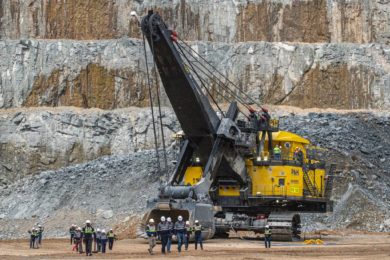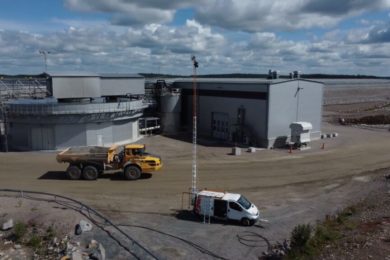In Rare-Earth Separation Using Bacteria, William D. Bonificio* and David R. Clarke of the Harvard John A. Paulson School of Engineering and Applied Sciences, Harvard University, demonstrate an alternative, biogenic method based on the adsorption of lanthanide to the bacterium Roseobacter sp. AzwK-3b, immobilized on an assay filter, followed by subsequent desorption as a function of pH. The elution desorption data suggest that the basicity of the individual lanthanides is important in determining their desorption behaviour. It is found that via preprotonation of the bacteria it is possible to concentrate a solution of equal concentrations of each lanthanide to nearly 50% of the three heaviest lanthanides (Tm, Lu, and Yb) in just two passes. This surpasses existing industrial practice. The findings suggest that there is an opportunity to harness the diversity of bacterial surface chemistry to separate and recover technologically important rare-earth metals in an environmentally benign manner.










